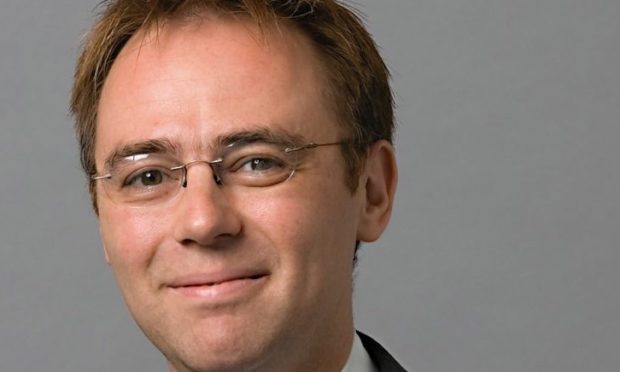An island MSP is to hold a series of meetings on the future of Gaelic following a report claimed it could collapse as a community language within a decade in its main stronghold.
‘The Gaelic Crisis in the Vernacular Community’ was published in July by researchers from the University of the Highlands and Islands Language Sciences Institute and Soillse, a multi-institutional research collaboration.
The report, which studied the use of the language in the Western Isles, Skye and Tiree, said that if trends continue within the next ten years most of the communities will be at, or will have entered, the “moribund” phase.
Falling numbers of speakers, lack of everyday use of the language among family and friends and indifference among young people are all helping the decline, the research said.
Now Western Isles MSP Alasdair Allan, a former Gaelic minister, is to hold eight community consultations in the three research areas to determine actions in securing the language within the islands. It will be decided when and how the meetings will be held and residents will be able to submit written opinions as part of the process.
Mr Allan is also working with the authors of the study and a cross-party group of MSPs.
As well as discussions about Gaelic usage in the home and community, the meetings will also gauge opinion on whether a Gaelic community cooperative – Urras na Gàidhlig – could be an appropriate structure to coordinate and drive forward local development actions, he said.
Mr Allan said: “The language’s visible decline in community and family usage is a serious concern to everyone working to foster a thriving, sustainable society in the Western Isles. The language forms a vital part of the cultural ecosystem which informs our shared identity, values and wellbeing.
“Against the continued loss of Gaelic, however, I am aware of extensive support and goodwill for the language amongst islands residents. We need to engage all parties in ensuring that future solutions are rooted within the community.
“Where do we want to see Gaelic in the next decade? We need to have a broad conversation about the language’s future and determine appropriate steps to get us where we want to be. Ultimately, this should start and end with the community, with the government playing a crucial role in supporting them to realise this.”










